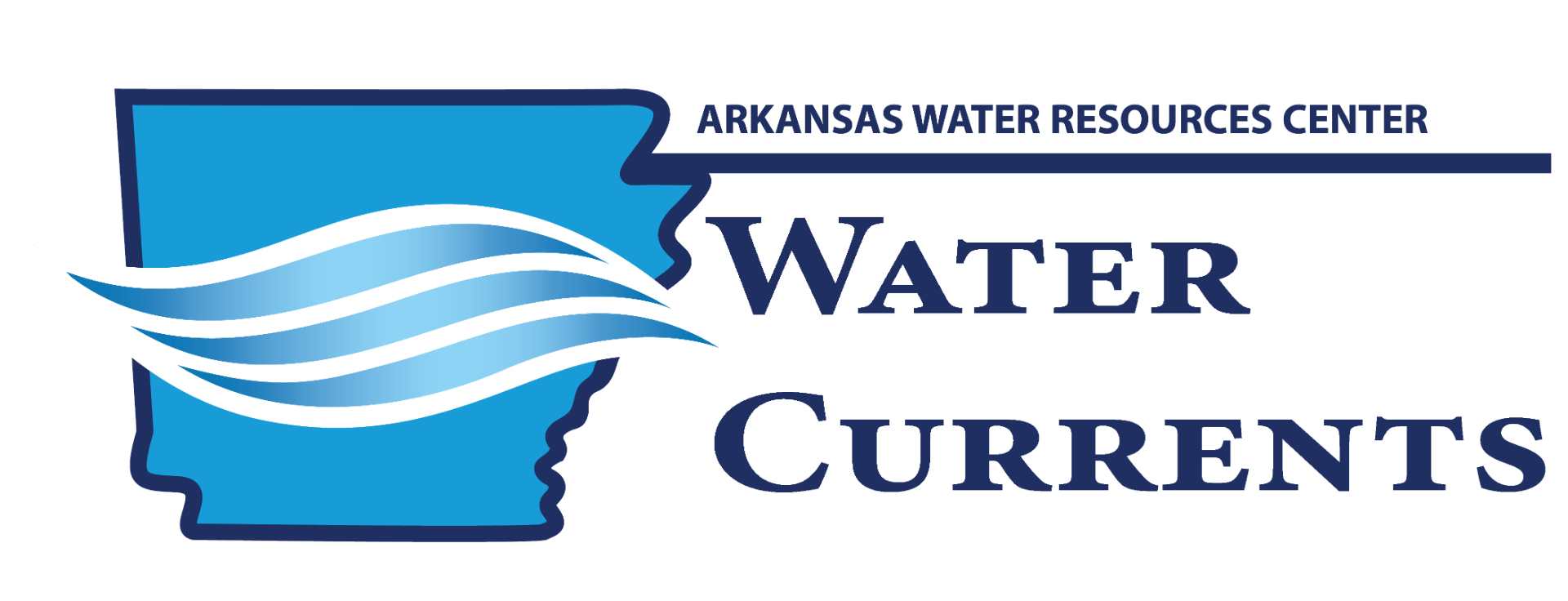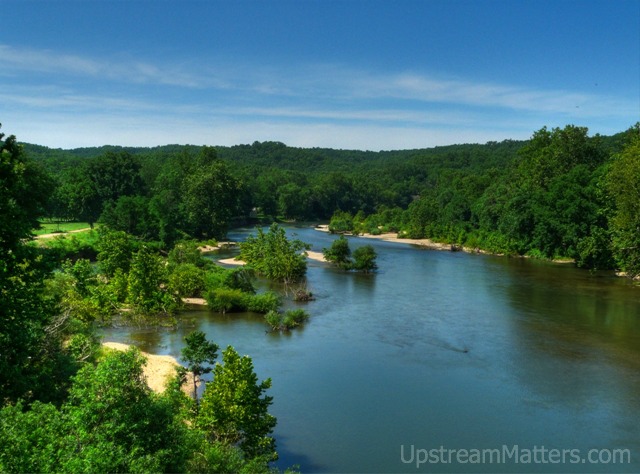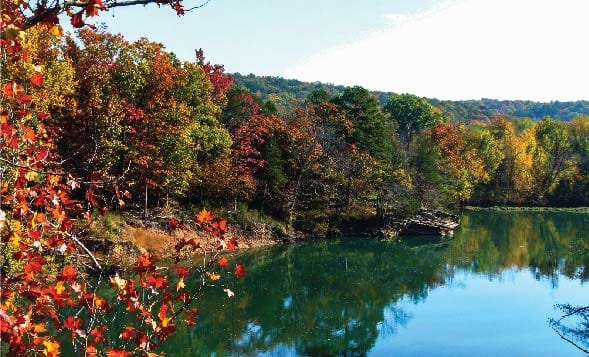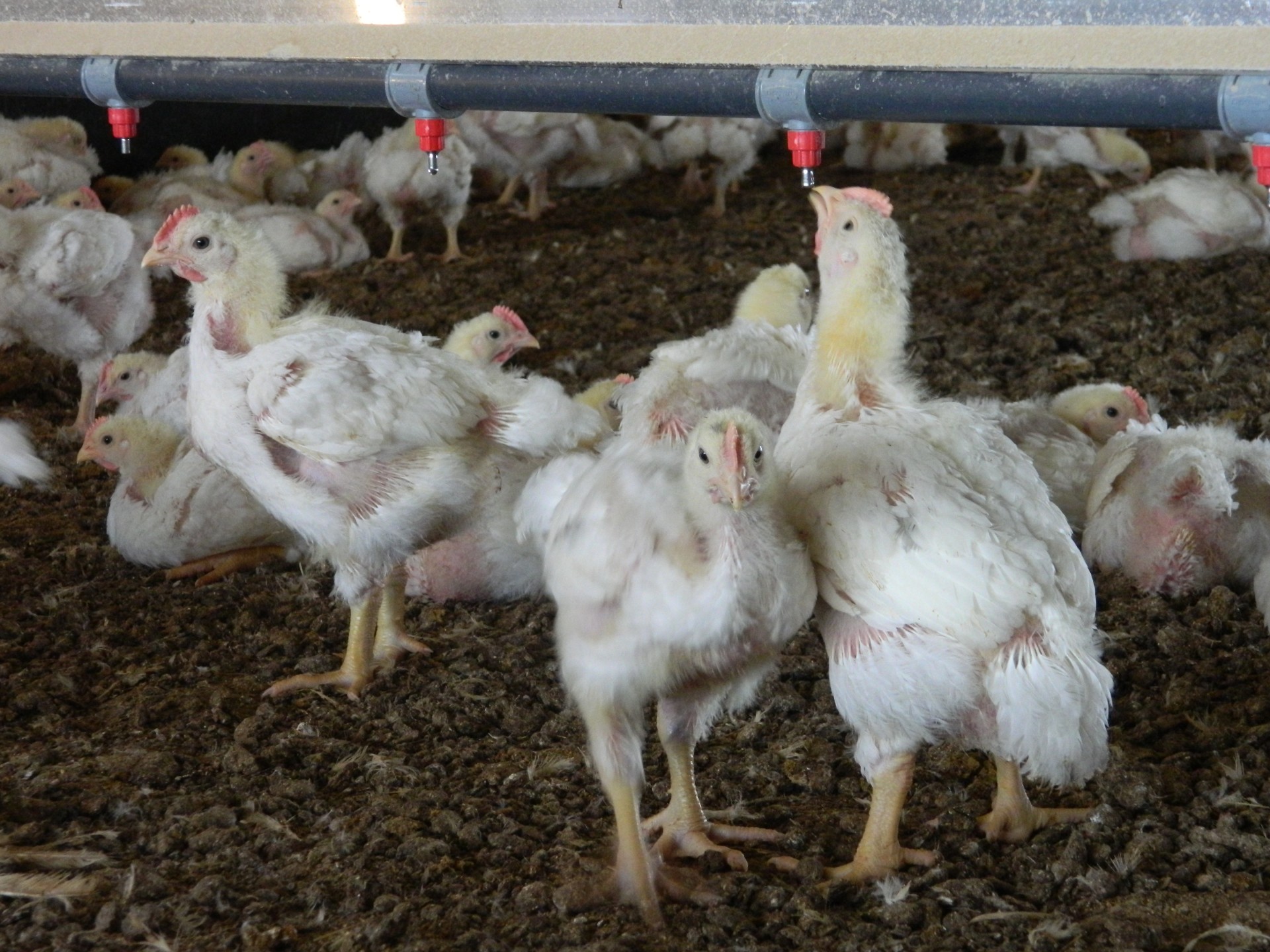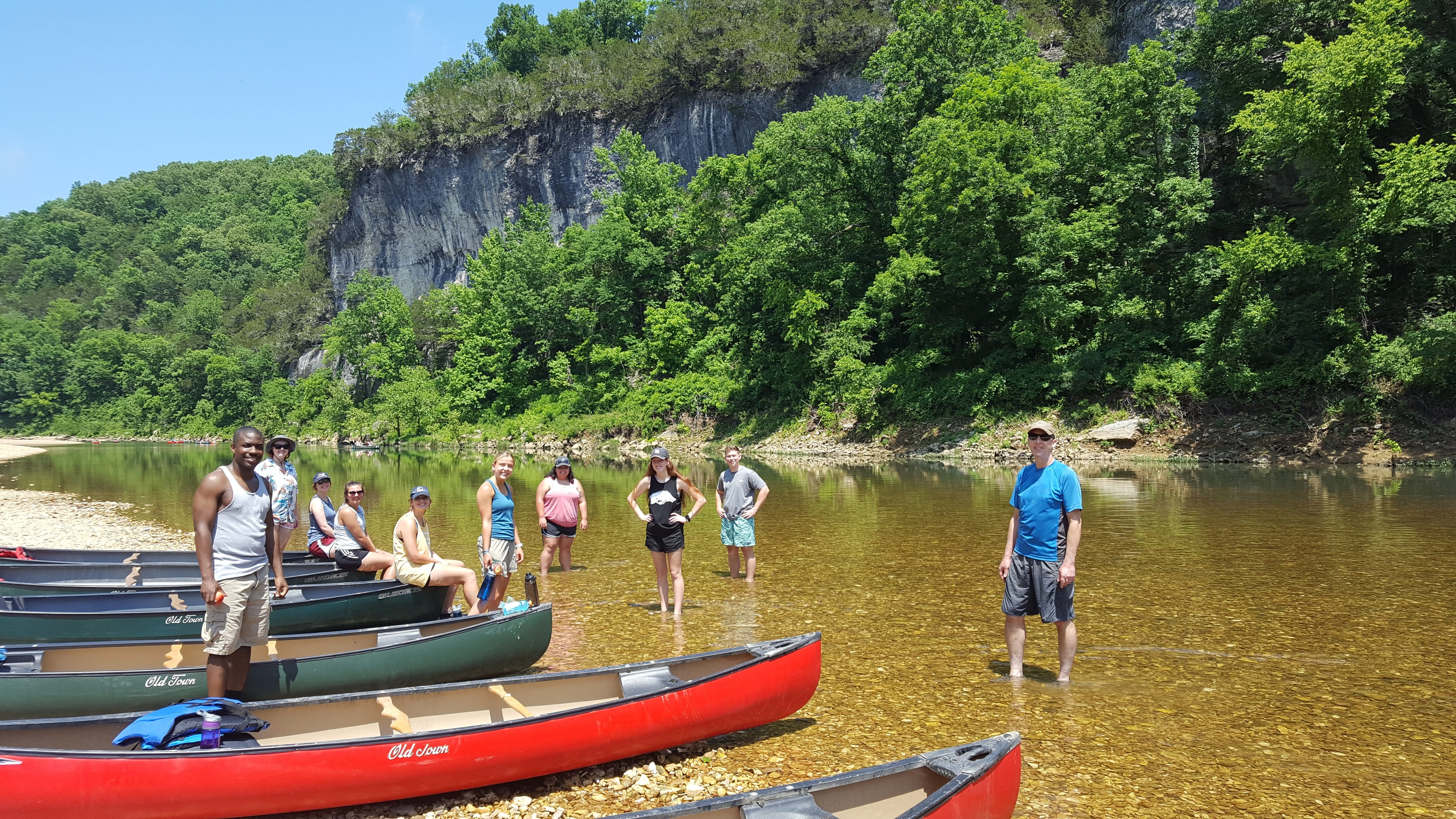
Researchers Found Little Effect of Natural Gas Development on an Arkansas River
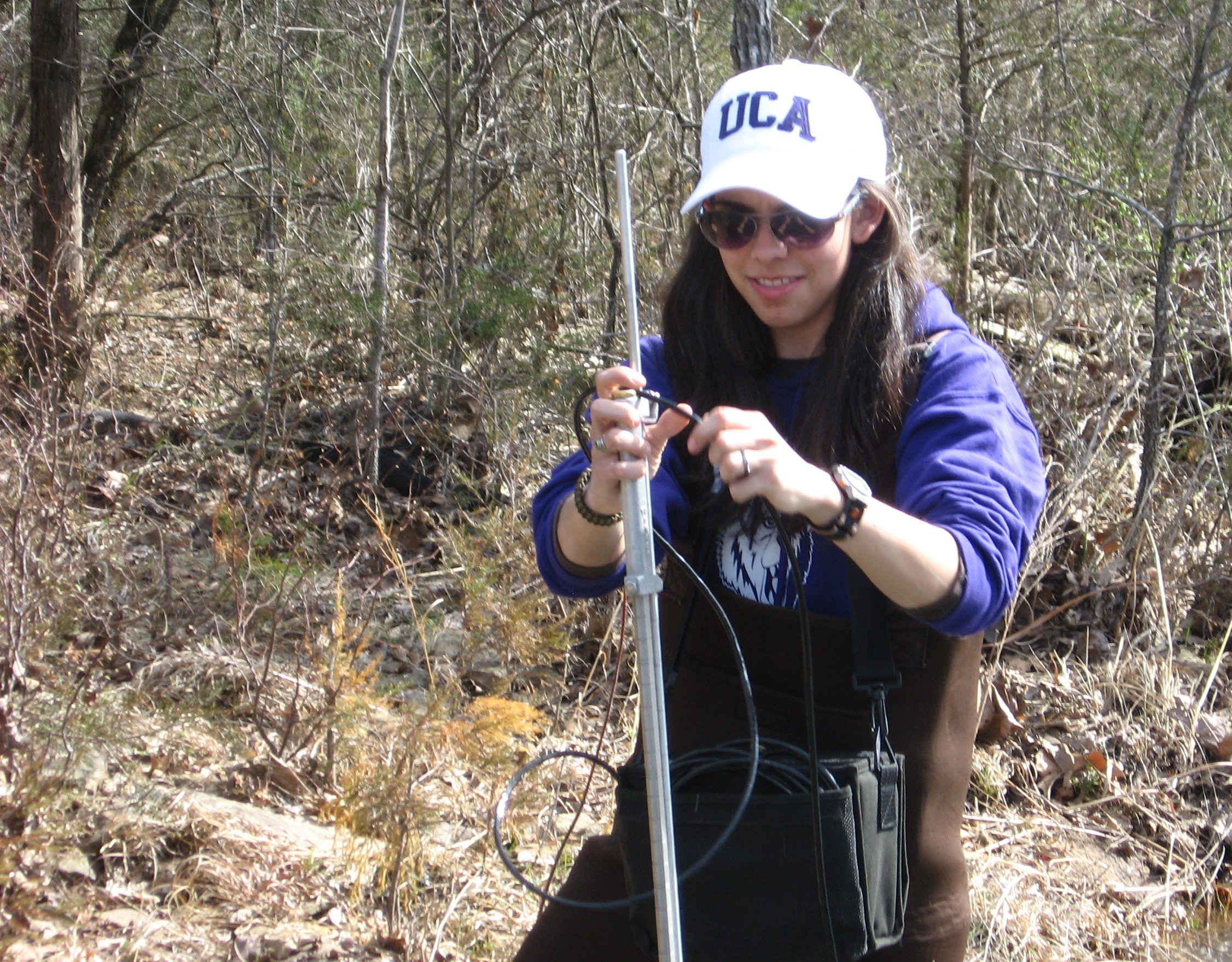
Researchers studying potential effects of natural gas development on chemical and biological properties in an Arkansas river found almost no detectable changes in water quality.
Dr. Brad Austin, postdoctoral researcher at the University of Arkansas, along with colleagues from the University of Arkansas and the University of Central Arkansas, studied water quality in the South Fork of the Little Red River (SFLRR) in central Arkansas.
The researchers measured water quality indicators before and after, and upstream and downstream, from natural gas infrastructure development in the Fayetteville Shale. They measured water chemistry such as nutrients, and biological indicators such as algal biomass and insect densities and communities.
They found no detectable changes in water chemistry, algal biomass, or aquatic insect densities. But they did detect a change in the types of insects that were present, where the downstream site showed lower amounts of “sensitive” species compared to the upstream reference site. However, these sensitive species still numbered in the one or two thousand per square meter, which indicates good water quality.
“We think that one reason water quality didn’t really change is because there was much less actual natural gas development than we expected in that area,” says Dr. Austin. “Our data show that the SFLRR has low concentrations of nutrients and reflects nearly pristine conditions. That means it can provide an excellent baseline for future study in case the area gets greater development from natural gas activities or other land use changes.”
The SFLRR is an important waterway – it’s listed as an ecologically sensitive waterbody, which means that it provides habitat for threatened or endangered plants or animals. The SFLRR also flows into Greer’s Ferry Lake, the drinking water supply for over 70,000 people.
This research was published this month in the Journal of Current Opinion in Environmental Science and Health.
Katie Rose, pictured above, takes a discharge measurement to study water quality in the South Fork of the Little Red River, Arkansas.
